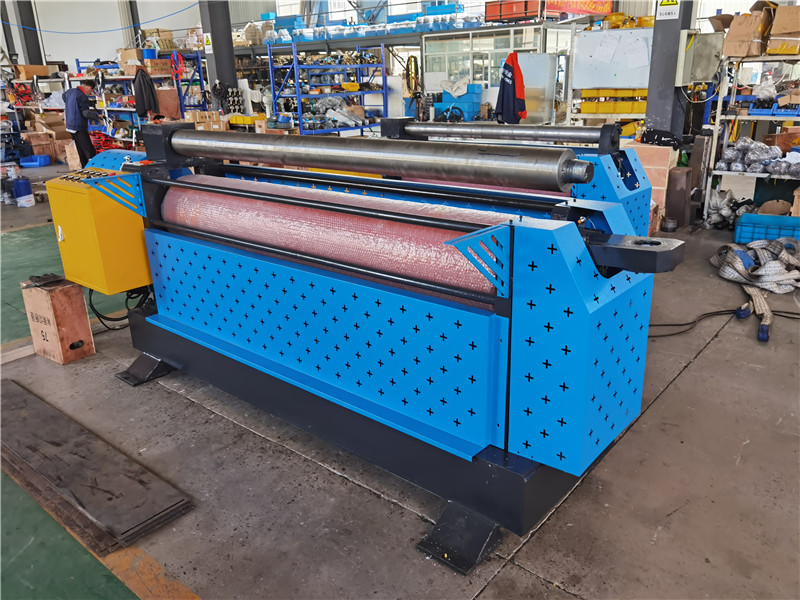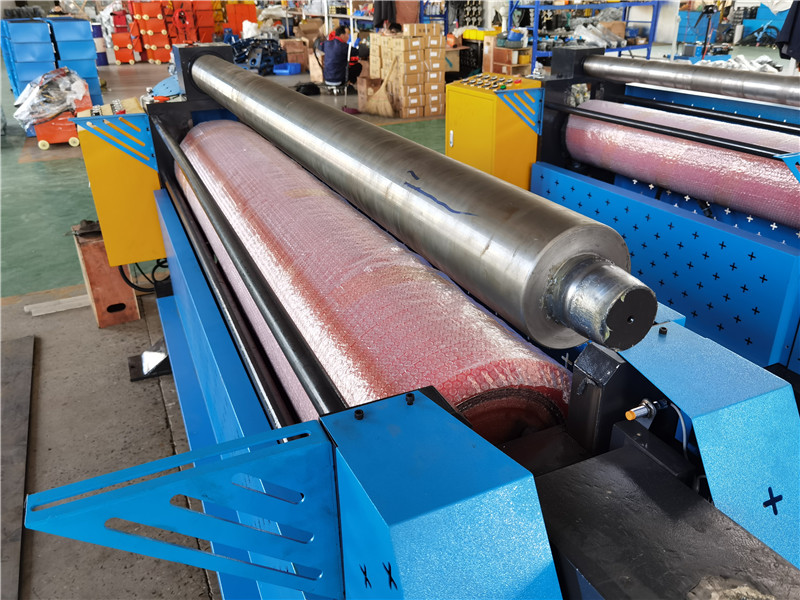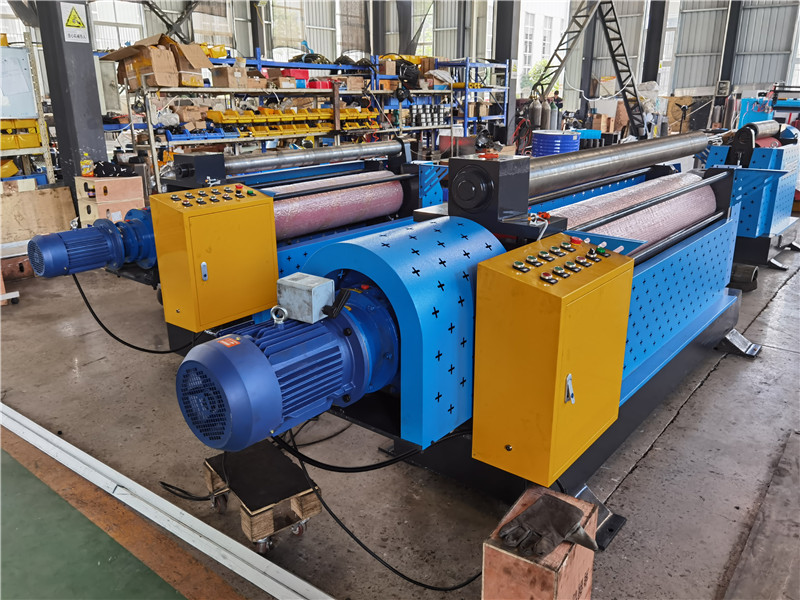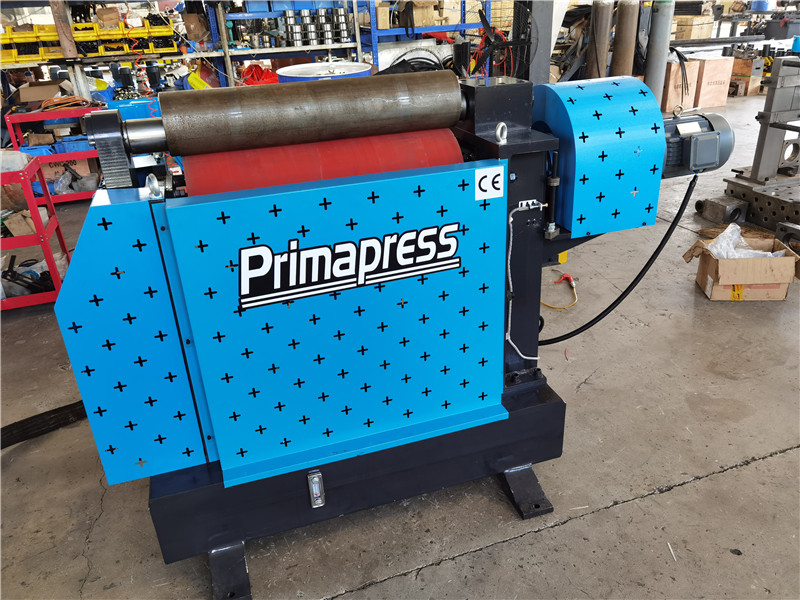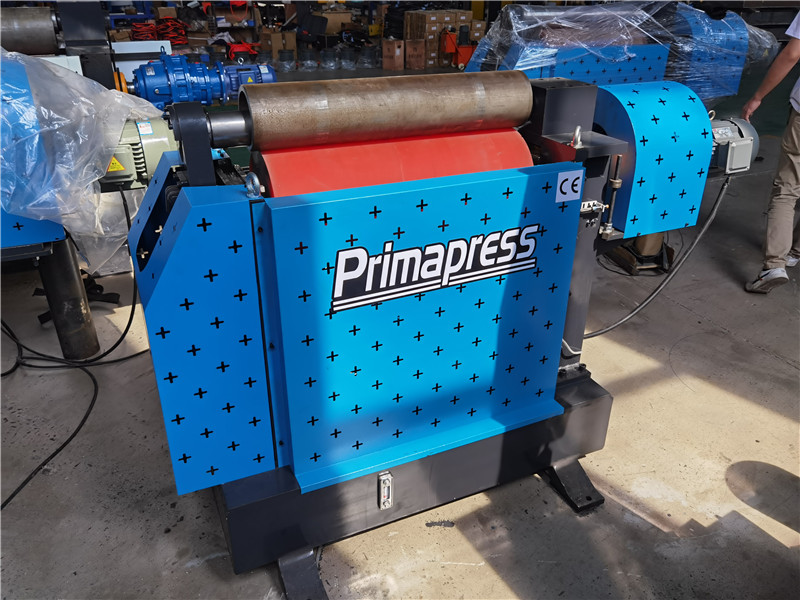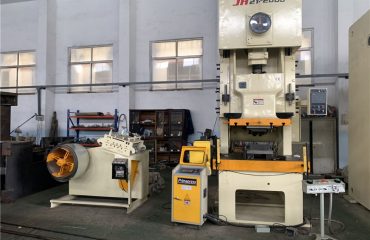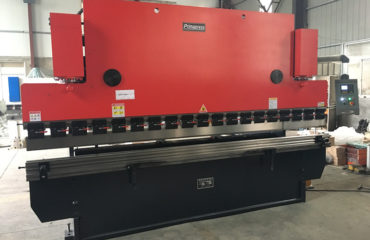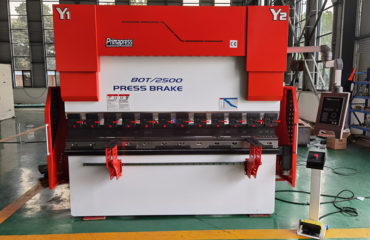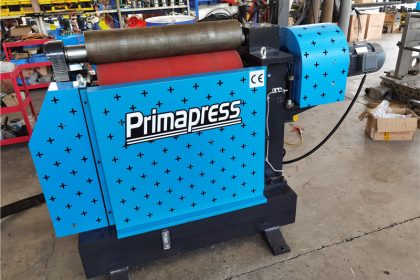
Understand the working characteristics and usage of the two-roller plate rolling machine
The two-roller plate rolling machine has an independent hydraulic system and electrical control system, and adopts two operation modes of button centralized control, jog and linkage. Its pressure and stroke can be adjusted within the specified range. Reasonable structure, small size, low energy consumption, high efficiency and no noise. It has many advantages such as fast loading and unloading, convenient use, simple operation, strong bearing capacity, long life, fast rolling speed, multi-purpose and reliable quality, etc. It replaces the original steel plate blanking, docking, calibration, lathe processing and other complex processes and saves oxygen , labor, raw materials, etc. The structure and working principle of the plate rolling machine produced: the equipment is mainly composed of three parts: the main engine, the hydraulic station and the electric control cabinet. The high-pressure oil output by the electric oil pump is sent into the working cylinder or the motor through the high-pressure oil pipe, and the high-pressure oil pushes the working cylinder or the inner plunger of the motor to generate thrust and torque, and bend the profile through the mold parts.
The two-roll plate rolling machine is mainly used to roll straight cylindrical workpieces. The unit utilizes the advanced two-roll forming concept and makes full use of the elastic deformation of the rubber rollers to produce plastic deformation of the workpiece sheet. The unit adopts different structures of polyurethane rubber rollers on the bottom and mandrels on the top or bottom. The rubber rollers are driven by hydraulic cylinders at both ends to move the rubber rollers up and down. When the rubber rollers contact the workpiece, the rubber will deform due to the cause plastic deformation of the workpiece. The workpieces rolled by this unit have the characteristics of accurate roundness and high production efficiency.
The two-roll plate rolling machine should be operated correctly according to the process requirements
The two-roll plate bending machine is suitable for the bending and forming of metal sheets. It can roll round, arc and conical workpieces within a certain range. Sheet metal can be roughly leveled on this machine.
Before using the two-roll rolling machine, you must have a full understanding. Of course, you will know that this machine is mainly used in the industry and is a common processing equipment, so it is naturally dangerous. Therefore, the operator is using this machine. When the machine is working, it is necessary to strictly abide by the operating specifications and principles of use, and it is necessary to take safety precautions. Then, let’s take you to understand the precautions for operators when using the four-roll plate rolling machine.
Generally prepared from the following aspects:
1 Clarify the function of the machine
Plate bending machine is a kind of special forging machine equipment that can bend non-metallic sheet into cone, sphere, cylinder or other shapes. This performance is widely used in manufacturing, boiler steam, chemical industry, non-metallic Structure and machine building, etc.
2 Understand how the machine works
The two-roll plate rolling machine and the three-roll plate rolling machine have different roller motion forms, but the working principles are the same. The position of the upper roller is fixed, and the lower roller moves straight upward to clamp the steel plate. The rollers on both sides move toward the upper rollers in a straight line or in an arc to adjust the radius of curvature of the roll.
3 Familiar with the operating procedures
(1) The plate rolling machine must be managed by a special person.
(2) The operator must be familiar with the structure, performance and use of the plate rolling machine, and can operate it only after the approval of the responsible management personnel.
(3) Before starting the machine, carefully check whether the safety device is in good condition.
(4) During operation, it is strictly forbidden to put hands and feet on the rollers, transmission parts and workpieces.
(5) After the work is interrupted, the clutch should be turned to neutral.
(6) The collaborative operation of multiple people must be directed by a special person.
